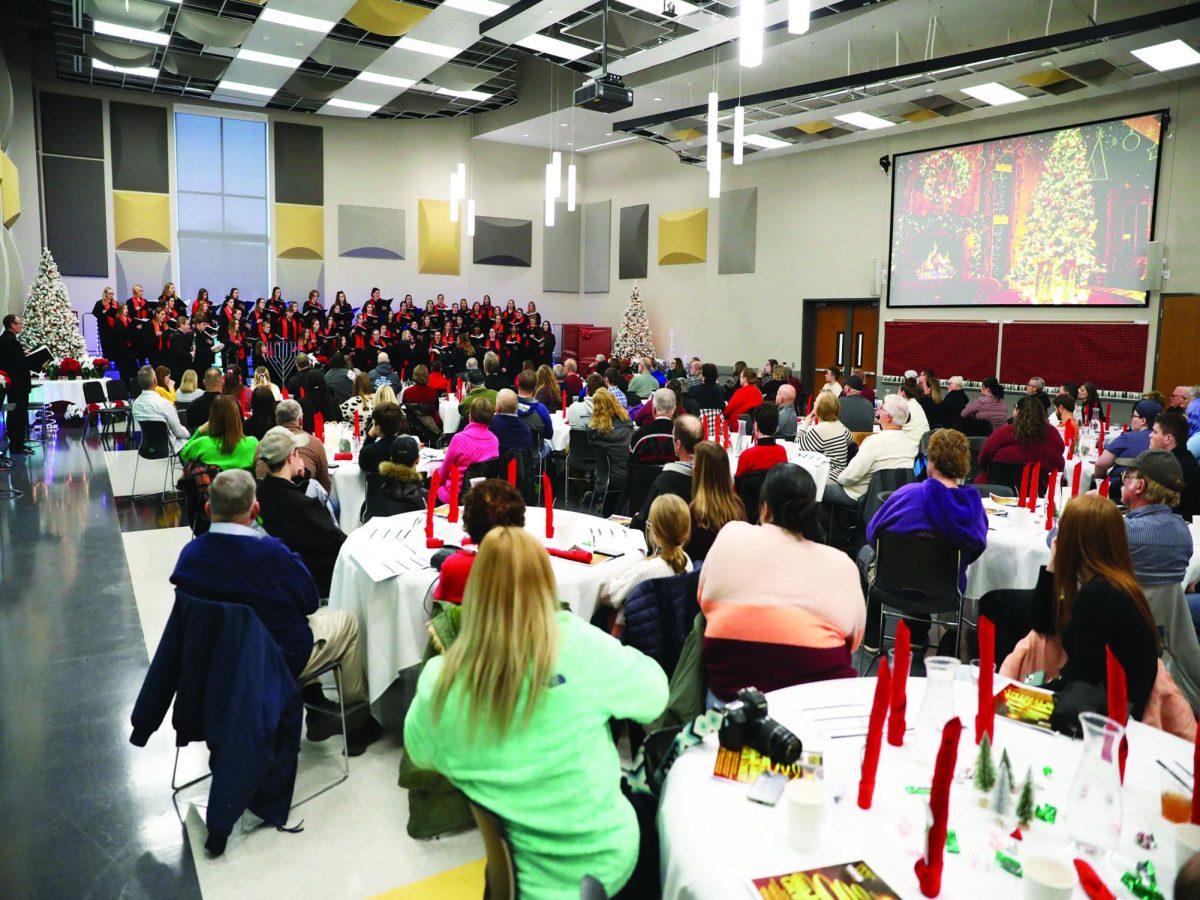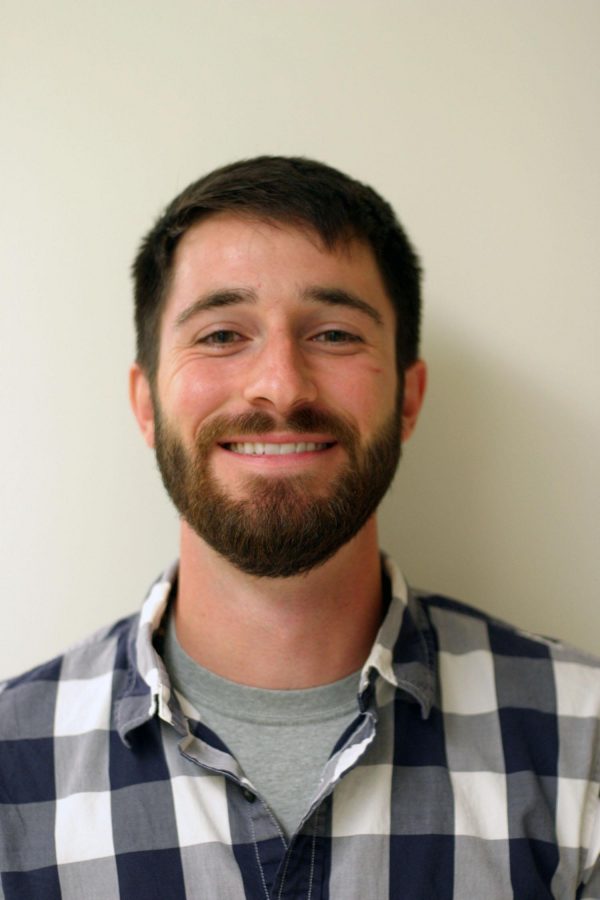At Whitt’s End: We’re all made of stars
March 31, 2016
“We are like islands in the sea, separate on the surface but connected in the deep.”
This quote from 19th century American philosopher and psychologist William James not only captures the theme of my column this week, but it also serves as a reminder that we are intrinsically connected with one another, and perhaps, with all cosmic bodies.
I think that the majority of individuals on this planet feel this connection, but what miffs me is that we continually ignore it and downplay the importance of connection.
The human genome project was incredibly revealing to the interconnectedness amongst humans. According to the Smithsonian Institute, humans share 99.9% of the same genetic code on average. This means that 0.1% of our genome accounts for all of the variation amongst humans including race, body type, physical ability and appearance, etc.
When we stoop to the level of ridiculing others for these differences, however, we are letting the 0.1% of our genome eclipse the 99.9%. We need a concerted effort to redirect our attention away from our miniscule differences, and rather, toward our immense similarity. Humans have antagonized each other over these trivial differences for far too long.
Similarly, astrophysicist Neil deGrasse Tyson makes an astute point in the “Cosmos” series. Stemming from Carl Sagan’s classic line “we are all star stuff,” Tyson explains that when stars explode, they scatter their “enriched guts” throughout the rest of the universe. The enriched guts that he refers to are elements—the most abundant in the universe being the ones atop of our periodic table: hydrogen, helium, oxygen, carbon and nitrogen. These element dust particles then aggregate into new cosmic bodies including stars, planets and moons.
What is truly profound, is that with the exception of helium (which is chemically inert), the human body is predominantly made up of the same basic elements: H2O, carbon and nitrogen. So, when you look up into the night sky and feel some sort of connection, it may be because you are looking at kindred bodies. We are made of the same elements that make up the vast majority of the universe.
Let us not forget that we continually fail to stay true and respect our innate connection. We can be an incredibly divisive species. We are easily distracted by outward appearance and draw irrevocable ideological lines between one another when it doesn’t have to be that way. I wish there was a cure-all prescription for this social malady, but unfortunately it doesn’t quite exist.
There is something that I believe will help, though, and it is mindfulness practice. Jon Kabat-Zinn, a leader in mindfulness theory and practice, defines it as “the awareness that emerges through paying attention on purpose, in the present moment, and nonjudgmentally to the unfolding of experience moment by moment.”
Mindfulness practice has many proven social benefits including a boosted sense of social connectedness, reduced social anxiety, enhanced regulation of emotional response and positively altered relational schemas (e.g., the cognitive structures that define our sense of interpersonal relatedness).
The good news, too, is that you don’t have to be a Zen monk to partake in this practice. It’s simple if given the basic principles, and it will undoubtedly have a positive effect on your life and those around you. For the sake of humanity, check out headspace.com. It offers 10 free guided mindfulness exercises that will get you started.







